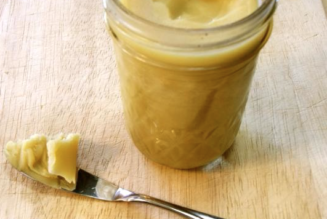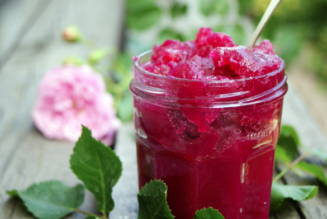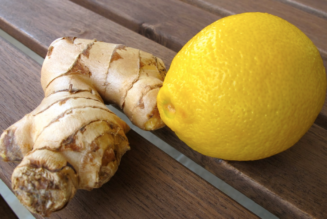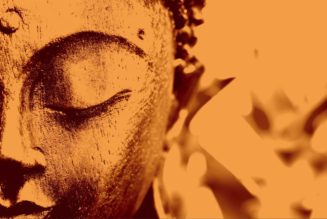Don’t spray that! It’s Medicine!
Dandelions
Each spring, I witness the pesticide trucks arriving to spray down perfectly manicured lawns to rid them of the well-known ‘weed’, the Dandelion. Taraxacum officinale is a common meadow herb of the Asteraceae or sunflower family. There are about 100 species of dandelion, and all are beneficial. It is a native of Greece, but grows in temperate regions throughout the world. The perennial dandelion grows freely wherever it can find a bit of earth and a place in the sun. Dandelion’s nutritive and medicinal qualities have been known for centuries.
On a sunny, spring day, I find joy in locating a lovely patch of organic land and slowly gathering the bright, yellow beauties (with their leaves and roots) for my basket. Dandelion’s common name is derived from the French dent de lion, a reference to the irregular, jagged, lance-shaped leaves. Dandelion held a place in the United States National Formulary from 1888 until 1965 and currently, Dandelion Root is a registered medicine in Canada.
A Pesky Weed Or Medicine?
While many people think of dandelion as a wild, pesky weed, it is full of vitamins A, B, C, and D, as well as minerals, such as iron, potassium, and zinc. Dandelion leaves are used to add flavor to salads, sandwiches, and teas. The roots are used in some coffee substitutes, and the flowers are used to make teas and wines. Dandelion roots and leaves have long been used to treat liver problems. Native Americans also boiled dandelion in water and took it to treat kidney disease, swelling, skin problems, heartburn, and upset stomach.
Used In Ancient Cultures …
In traditional Chinese medicine (TCM), dandelion has been used to treat stomach problems, appendicitis, and breast problems, such as inflammation or lack of milk flow. In Europe, dandelion was used in remedies for fever, boils, eye problems, diabetes, and diarrhea. In the sub-continent of India, within Ayurvedic Medicine, Dandelion is used to treat various liver disorders such as jaundice, cirrhosis of the liver and enlargement of the liver.
Dandelion greens inhibit interleukins and other immune molecules that trigger inflammation. Dandelion may also control inflammation by suppressing COX-2 enzymes, the molecules that non-steroidal anti-inflammatory drugs target. Diuretic properties of dandelion greens make them useful for promoting urine production and reducing symptoms of some liver, gallbladder and kidney conditions. The leaves and roots can also be used as an alcohol extract, syrup, topical liniment or as food -depending on how it is best extracted, the health condition, and the constitution of the individual.
Ayurveda takes the use of herbs and spices to an even higher level. From the Ayurvedic perspective, we look to the herb’s properties to understand its healing effects amongst the three Doshas, Vata, Pitta and Kapha.
Let’s Look At the Energetics …
The properties we focus on are the following:
– Rasa means initial taste.
– Virya is the energy effect an herb has on the temperature of the body; i.e. heating or cooling?
– Vipaka is the post-digestive effect of an herb.
Let’s look at Dandelion Root from the Ayurvedic perspective:
– Sanskrit: Simhadanti
– Rasa: Bitter
– Virya: Cooling
– Vipaka: Bitter
HERBAL ACTIONS
 – choleretic
– choleretic
– appetite stimulant
– digestive bitter
– cholagogue
– mild laxative
– mild purgative
– hepatic
– tonic
– lymphatic
– alterative
– demulcent
Various Tribes of Native American Indians also used the plant for a number of reasons:
- Poultice of steamed or wilted leaves applied to ulcers as a dermatological aid
- Greens eaten to purify the blood
- Decoction of root taken as gastrointestinal aid (stomach pain)
- Infusions of root taken as blood medicine (anemia)
- Infusion of root taken to produce mothers breast milk
- Laxative tonic
- Pain remedies – Compounds of roots and bark were taken for back pain
- Kidney troubles and cleaning
- Tonic – total body tonic was prepared as a wine
- Infusions taken for heart burn
- Infusions taken to release excess fluids from body
- Young leaves made into Tea to treat women’s menstrual cramps
- Culinary use as a spice to flavor drinks
Preparations
All parts of the dandelion have culinary and medicinal value. It is best to harvest fresh young dandelion leaves in the spring. The small, young leaves are less bitter, and may be eaten uncooked in salads. The pieces should be spread out on a paper-lined tray in a light, airy room out of direct sunlight and stored in tightly sealed dark glass containers. Dried dandelion root may be somewhat less potent than the fresh root.
 Leaf infusion:
Leaf infusion:
Place 2 oz of fresh dandelion leaf, less if dried, in a warmed glass container. You may add 2.5 cups of fresh, filtered, boiling water to the herbs. Cover the mixture and steep for 15–20 minutes, then strain. Drink the infusion warm or cold throughout the day, up to three cups per day. The prepared tea can be kept for about two days in the refrigerator.
Tincture:
Combine 4 oz of finely-cut fresh dandelion root and leaf (or 2 oz of dry powdered herb) with 1 pt of 100 proof brandy, gin, or vodka in a glass container. The alcohol should be enough to cover the plant parts and have a 50/50 ratio of alcohol to water. Cover and store the mixture away from light for about two weeks, shaking several times each day. Strain and store in a tightly capped dark glass bottle. A standard dose is 10–15 drops of the tincture in water, up to three times a day.
Precautions
Dandelion acts as a cholagogue, which means that it increases the flow of bile. It should not be used by persons with closure of the biliary ducts and other biliary ailments.
About The Author

Karla A. Cain beautifully explains in her own words, “my dream of helping others to remember their true nature started as a child, most likely at birth. For as long as I can remember, I’ve wished to help others understand the sacredness of themselves. In 2010, while continuing my research on healthy living, I discovered Ayurveda! I was overjoyed to discover that all of my thoughts and feelings about humanity the world at large, along with all that I had learned about healthy eating, had a NAME. I only wondered why it had taken me so long to find it!”
To Contact Karla Cain
Please Visit Sattvic Sage Ayurveda
Ayurveda Health Counselor
RYT-200 Yoga Instructor
DISCLAIMER:
This information is meant for educational purposes only and not considered medical advice. Any changes in lifestyle should be reviewed with a qualified practitioner and primary care physician if you are currently under their care for specific conditions.
Sources: University of Maryland Medical Center & Encyclopedia of Alternative Medicine

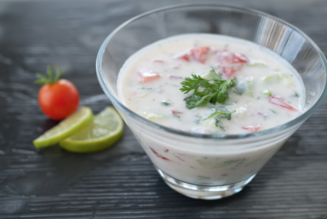
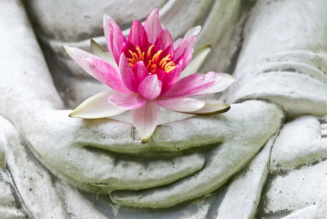
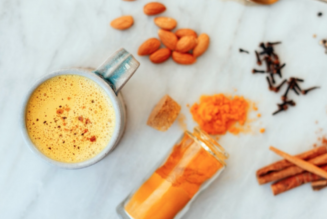
![Female Health: Amenorrhea [cessation of menses] – An Ayurvedic Perspective](https://healthyayurveda.com/wp-content/uploads/2015/07/1.-Amenorhea--327x219.png)

